
It’s the summer break and we’re going insane with boredom already! With nothing to keep ourselves occupied, we’re donning our tinfoil hats and looking back at some of the most controversial incidents that have rocked F1 as a whole over the years. Buckle up and hold on tight!
Number 5: Benneton’s alleged traction control (1994)
Benneton found themselves leading the pack in 1994 despite the fact that they were running a comparatively underpowered Ford V8 engine. This led many to believe that the Benneton team was using traction control on their car in order to obtain an advantage (along with allegedly cutting corners in other areas of the regulations), which was illegal under the 1994 regulations.
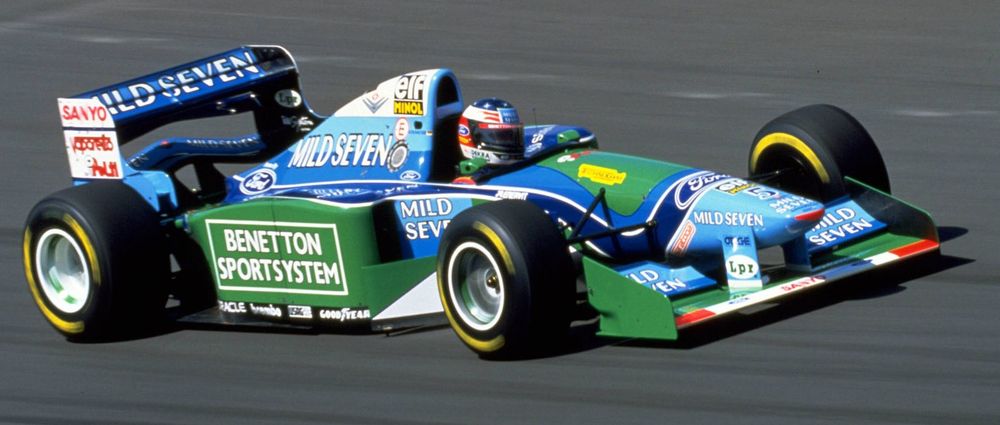
The FIA was eventually pressured into analyzing the Benetton cars’ software, which led to the discovery of code which was used for a launch control system in the previous year’s car. This did not give absolute proof that Benetton were cheating, as the code on its own could not prove with complete certainty that the system was being used. Benetton were able to escape without being punished for the findings, and Michael Schumacher would retain his first World Title.
Number 4: Williams grab a rare win amidst a weird weekend
After Lewis Hamilton was disqualified from qualifying in the 2012 Spanish Grand Prix, Pastor Maldonado inherited the Englishman’s confiscated pole for the race, which was a surprise in itself. Nobody expected the Venezuelan to actually convert that pole into a race win for the struggling team, either!
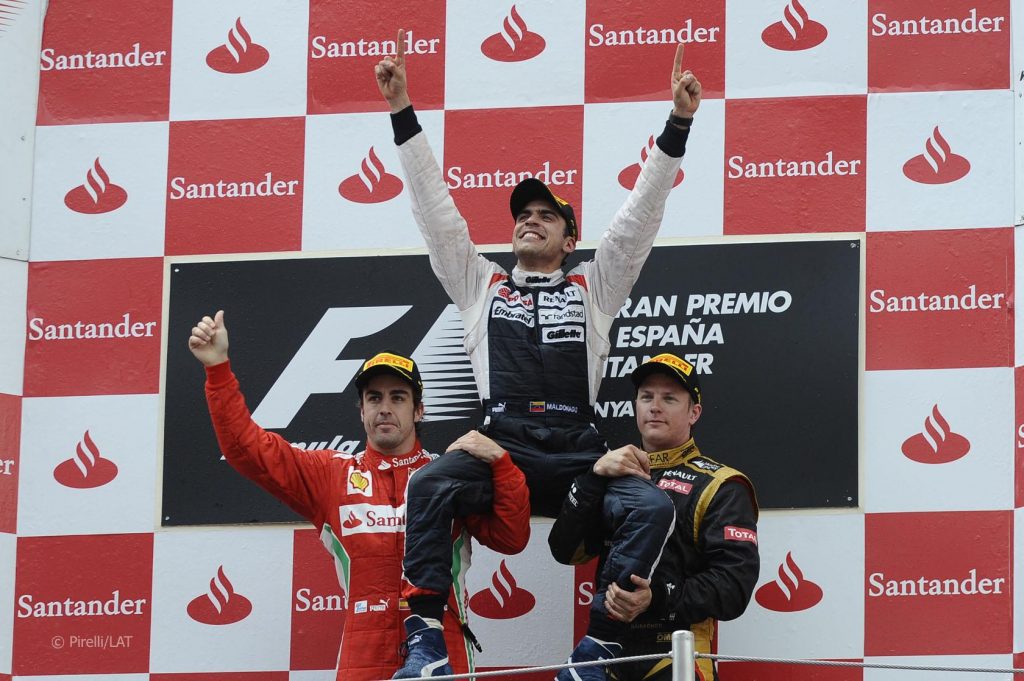
However, the more one actually looks into this race, the weirder things get. Maldonado only managed to score a further 20 points over the course of the entire season with Williams, and the fact that he outqualified his teammate Bruno Senna by over 2.5 seconds for the race in Spain raised a lot of eyebrows as well as questions about the legality of his car in the Spanish Grand Prix.
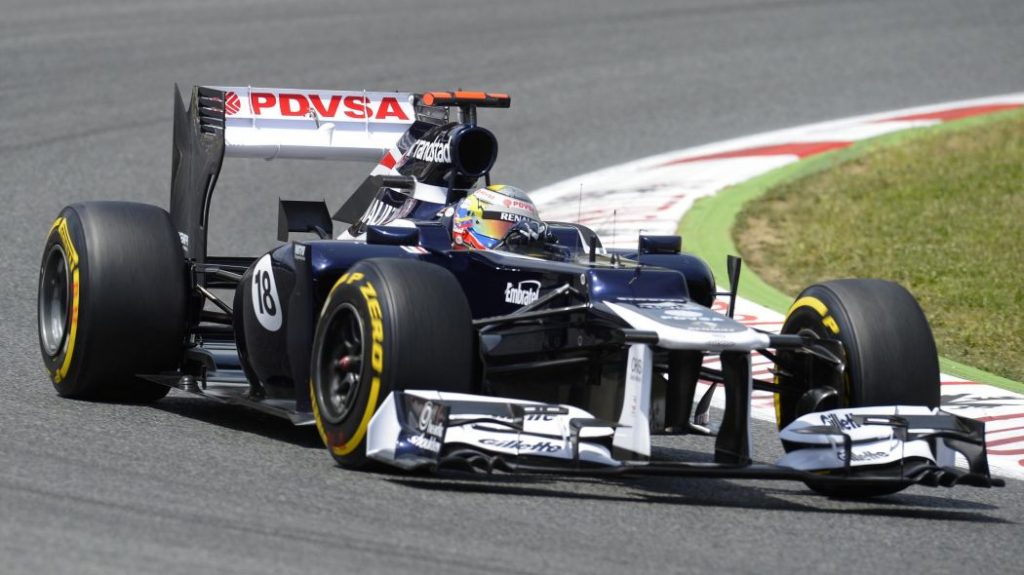
If you thought it ended there, you’re wrong! Williams’ first race win since the 2004 Brazilian Grand Prix took place on team founder Frank Williams’ 70th birthday. Could Maldonado’s car have been running illegal hardware in order to obtain an advantage in a kind of crowd-pleasing stunt arranged by the F1 higher-ups?
Number 3: Rosberg’s Monaco Incident
2014 was the year where Mercedes emerged miles ahead of the pack, with their stunning engine and chassis performing better than the majority of their rivals’ 2015 cars even. This meant that the previously chummy relationship between Nico Rosberg and Lewis Hamilton started to sour faster than the full cream milk you left out of the fridge during a heatwave, as they only had each other to compete against.
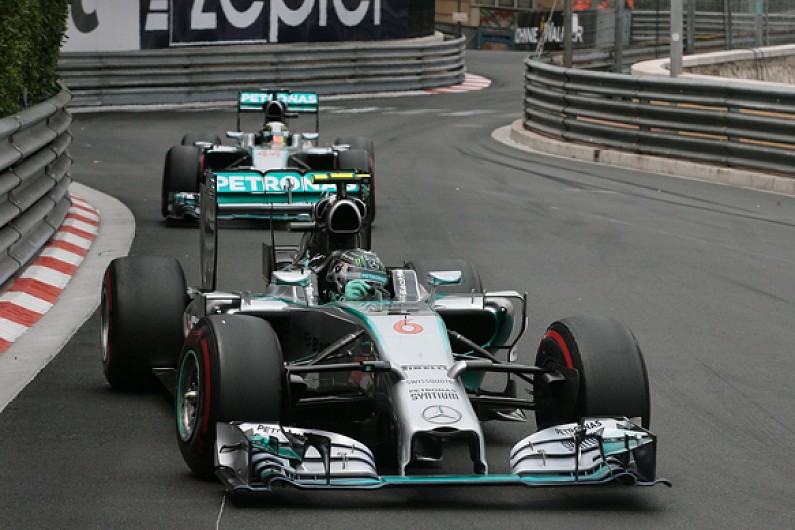
Probably the most notable incident in the fall-out between the two teammates occurred during qualifying in Monaco, where during Q3, Rosberg was on provisional pole and the two headed out of the puts to put in their final hot laps. After Rosberg recorded a first sector time that was slower than his best time, he made the only mistake of his whole weekend at the best possible time – when he was a few hundred metres up the road from Hamilton, who had recorded the fastest first sector of qualifying overall. See the video below:
Rosberg locked up his front wheels just before the corner known as Mirabeau, and used the escape road in order to stop the car. This brought out the yellow flags, which effectively ended Hamilton’s attempt at pole position and gave Rosberg pole position. Many questions were raised as to how Rosberg would make such a convenient error, though no concrete evidence which could’ve proved Rosberg’s intent was available. Rosberg would go on to win the race the following day.
Number 2: McLaren’s Mysterious Mishaps
In 2007, friction between Mclaren’s two hotshot young drivers led to a lot of dirty laundry being brought out into the public eye. Most notably, piles of evidence emerged that proved McLaren were “spying” on Ferrari, and that they had received technical information from inside men within Ferrari. McLaren were severely punished for this involvement – they were excluded from the Constructors’ trophy, and had to cough up a $100 million fine. Ouch!

Alonso and Hamilton were allowed to hang onto their drivers’ championship points, which meant that in theory they were still in contention for the championship. Hamilton entered the second-last round of 2007 with a seemingly insurmountable 17 point lead over his nearest rival in the championship, but that’s where things started to go wrong for the then-rookie.
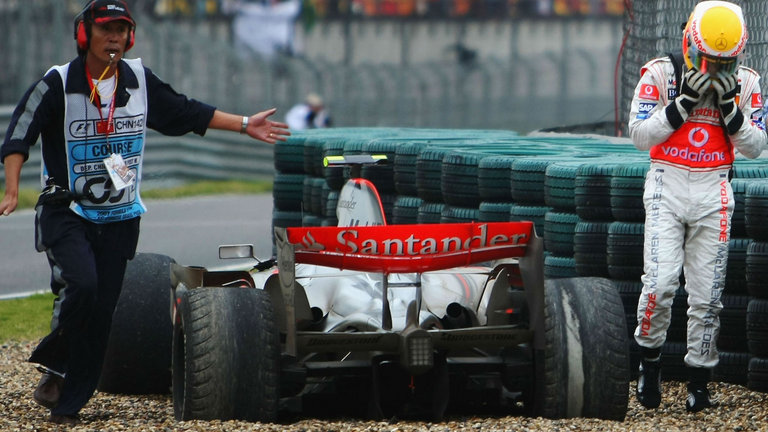
McLaren mysteriously left Hamilton out for a racing stint that was so long, his tyres literally began to delaminate, leaving him with almost zero grip whatsoever. If you look at his rear right tyre in the image above, you’ll see that the tyre is worn right down to the canvas. Hamilton managed to make it to the pit entrance in order to attempt a pitstop, but at the last possible moment, Hamilton’s car slid off the damp track surface and into the gravel trap, beaching his car literally metres from his pit box.
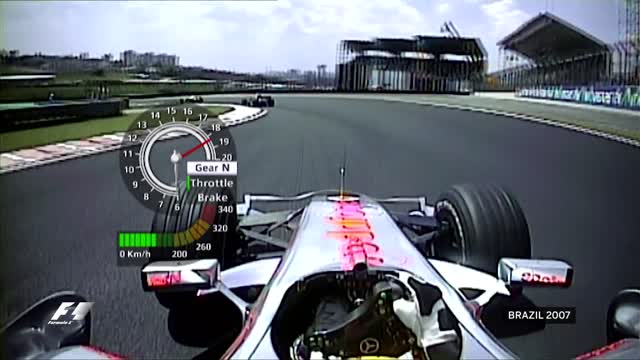
This retirement didn’t mean the end for Hamilton’s championship hopes, but a mysterious loss of engine power for almost a minute in the final race in Brazil put him well down the field, and ultimately cost the suddenly unlucky rookie his first championship – by just a single point. Many questions have been raised ever since, with many arguing that McLaren were perhaps ordered to lose the drivers’ championship as additional punishment from the FIA. However, this was never proven.
Number 1: Crashgate
In 2008, Renault’s World Championships of ’05 and ’06 felt like a distant memory – the team had fallen far behind Ferrari, BMW Sauber and McLaren, which left the team fighting at the upper end of the midfield.
In the first Singapore Grand Prix, Fernando Alonso qualified well down the field in 15th place, which normally meant that a win was almost out of the question – especially at a tight street circuit! However, an incident during the race involving his teammate Nelson Piquet crashing out raised not only Alonso’s race position, but a lot of eyebrows as well.
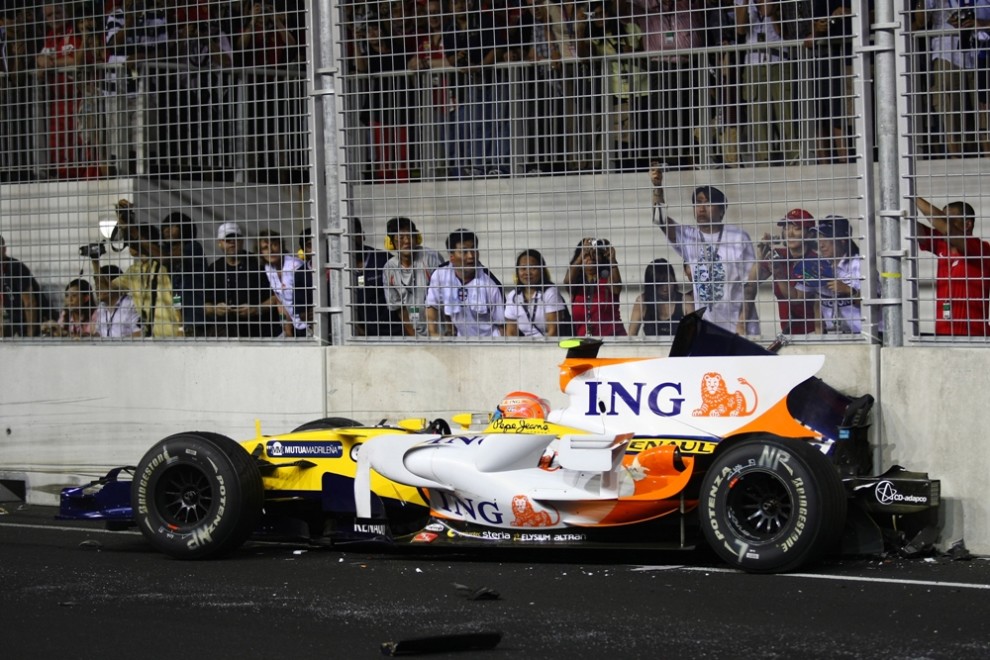
Piquet’s accident brought out the safety car, which was perfect timing for Fernando as he had just made a pitstop 2 laps before. As Alonso’s stop was out of the way, this meant that he was able to stay out on track while the drivers in front of him pitted under the safety car. This, along with a little bit of bad fortune for his rivals, meant that Alonso was promoted to the lead of the race from his lowly starting position.
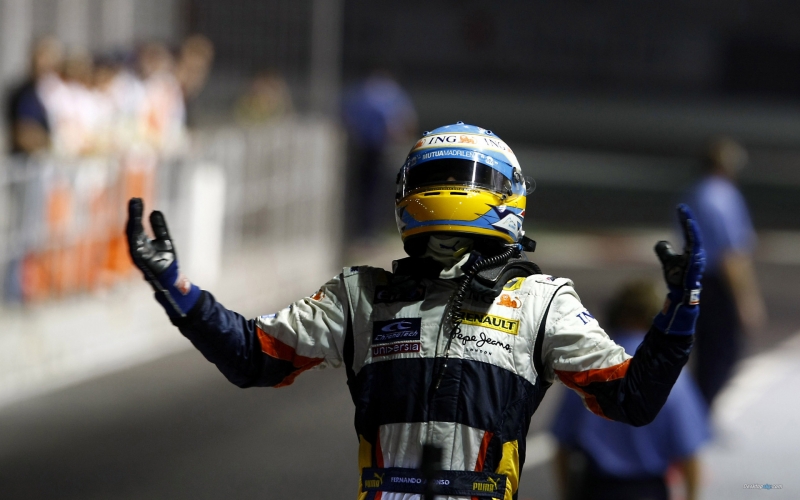
Alonso was able to keep his lead for the rest of the inaugural race, and crossed the line ahead of a very grateful (though ultimately robbed) Nico Rosberg in the inferior Williams FW30. It was almost a year later when it emerged that Piquet’s crash during the race was in fact intentional, and that it was orchestrated by the higher-ups in the Renault team. Several heads (including their title sponsor) rolled as a result, though Renault and Alonso were ultimately allowed to hang onto their win.

